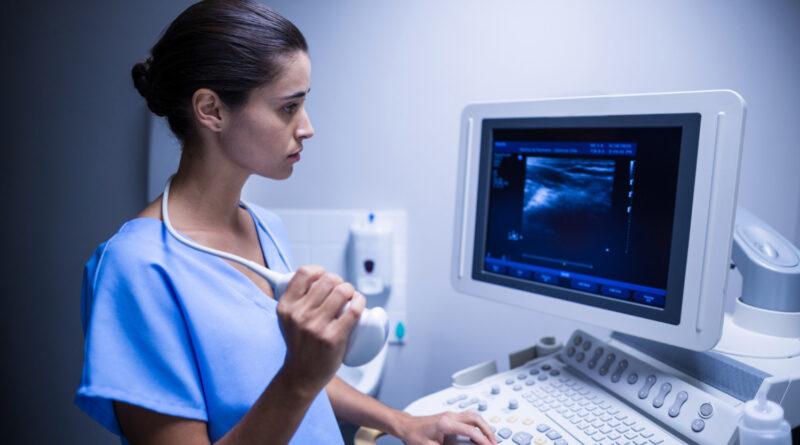Breast Ultrasounds in the UK: From Rarity to Routine – Exploring the Surge in Popularity
In the realm of women’s health, breast cancer screening has long been a critical component of early detection and treatment. While mammograms have traditionally held the spotlight, a new player has entered the field: breast ultrasounds. Over the years, breast ultrasounds have transitioned from being a rarity to becoming a routine part of the screening process in the UK, marking a significant shift in how we approach women’s healthcare.
The Shift in Approach
The landscape of breast cancer detection has witnessed a transformation driven by advancements in medical technology and a growing emphasis on personalized healthcare. While mammography remains a staple for many women, breast ultrasounds have gained traction due to their non-invasive nature and ability to provide detailed images of breast tissue. This surge in popularity can be attributed to several factors that have contributed to making breast ultrasounds a routine part of healthcare protocols in the UK.
Advantages of Breast Ultrasounds
One of the primary reasons for the increasing popularity of breast ultrasounds is their effectiveness in offering additional insights beyond what mammograms can provide. Breast ultrasounds utilize soundwaves to create images of the breast tissue, making them especially useful for evaluating suspicious lumps or abnormalities detected through mammography. They are particularly valuable for younger women with denser breast tissue, where mammograms might be less conclusive.
Moreover, breast ultrasounds are non-ionizing, meaning they do not expose patients to radiation, which is a concern associated with repeated mammograms. This factor makes ultrasounds a safer option for regular screenings, especially for women with a family history of breast cancer or those who require frequent monitoring.
Private Breast Ultrasounds: A Closer Look
In recent years, the option of private healthcare services has gained prominence in the UK’s medical landscape. Private breast ultrasounds are one such service that has garnered attention. These services provide patients with the flexibility to schedule screenings at their convenience, often reducing waiting times considerably. This has resonated with individuals who prioritize quick access to healthcare and wish to take a proactive approach to their well-being.
Private breast ultrasounds also offer a more personalized experience. Patients often have more time to interact with radiologists or medical professionals, allowing for a deeper understanding of the procedure and its results. This personalized attention can be reassuring, especially for those experiencing anxiety surrounding breast health.
The Role of Awareness and Education
The surge in popularity of breast ultrasounds can also be attributed to enhanced awareness and education campaigns. As information about the benefits of breast ultrasounds becomes more accessible, women are empowered to make informed decisions about their healthcare. Public health initiatives and campaigns by medical organizations have played a crucial role in disseminating knowledge about the importance of early detection and the available screening methods.
Conclusion
Breast ultrasounds have undergone a remarkable transformation in the UK – from being a relatively uncommon option to becoming an integral part of routine breast cancer screening. Their non-invasive nature, effectiveness in evaluating dense breast tissue, and the rise of private healthcare services have all contributed to this surge in popularity. As women’s healthcare continues to evolve, it is imperative to stay informed about the array of screening options available and to engage in open conversations with healthcare providers to determine the best approach for individual needs. Ultimately, the increasing acceptance of breast ultrasounds reflects a positive shift towards a more comprehensive and personalized approach to women’s well-being.

